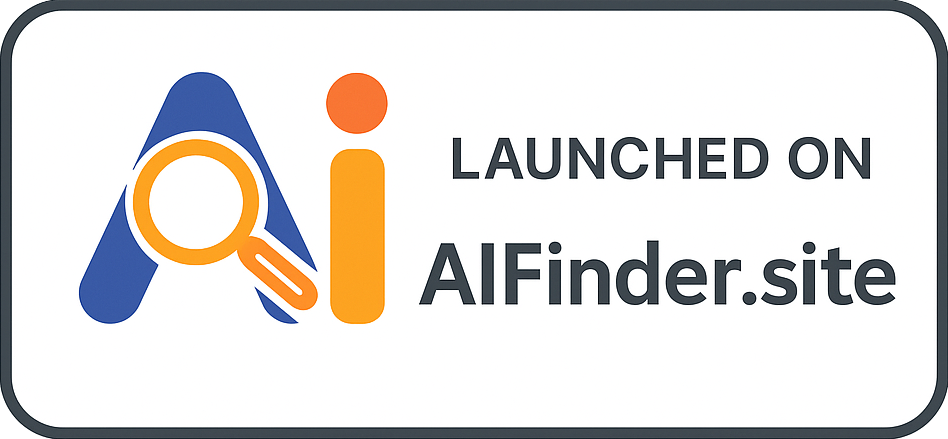Pay Per Lead (PPL)
Pay Per Lead (PPL) is an online advertising model where advertisers pay for each lead generated by their marketing efforts, making it a cost-effective way to acquire potential customers.
Frequently Asked Questions
What is Pay Per Lead (PPL)?
Pay Per Lead (PPL) is a performance-based advertising strategy where advertisers pay for qualified leads that have expressed interest in their product or service, rather than paying for impressions or clicks.
Where is Pay Per Lead (PPL) used?
PPL is commonly used in digital marketing campaigns across various platforms, including social media, search engines, affiliate marketing networks, and email marketing to capture leads and drive conversions.
When should Pay Per Lead (PPL) be used?
PPL should be used when the goal is to generate qualified leads for sales teams, especially in sectors like real estate, finance, and insurance, where lead quality significantly impacts the conversion rates.
Why do we need Pay Per Lead (PPL)?
PPL is advantageous because it allows businesses to only pay for genuine leads, ensuring that advertising budgets are spent efficiently and that marketing efforts directly contribute to potential customer acquisition.
How to implement Pay Per Lead (PPL) effectively?
To implement PPL effectively, businesses should define their target audience, utilize clear calls-to-action, optimize landing pages for lead capture, and work with reliable advertising platforms that can deliver qualified leads.
Key Takeaways
Pay Per Lead (PPL) is a crucial component of digital marketing strategies, particularly for businesses focused on lead generation. By using PPL, brands can optimize their marketing spend and ensure they are investing only in potential customers who are genuinely interested in their offerings.
Hot Glossary Terms
Influencer Marketing
Influencer Marketing is a strategy that leverages the influence of individuals with large followings on social media to promote products or services, aiming to reach a targeted audience effectively.
Social Media Marketing
Social Media Marketing refers to the use of social media platforms and websites to promote a product or service, encouraging user engagement and brand awareness through content creation and sharing.
Content Strategy
Content Strategy is a comprehensive plan aimed at creating, publishing, and managing high-quality content to achieve business goals and enhance user engagement.
Brand Partnerships
Brand Partnerships refer to collaborative relationships between two or more brands or influencers aimed at promoting mutual interests and achieving shared goals through combined marketing efforts.
Engagement Rate
Engagement Rate is a key performance metric in social media and influencer marketing that measures the level of interaction and engagement a piece of content receives from its audience.
Related Terms
TikTok
TikTok is a short-form video platform that allows users to create, share, and discover engaging videos, often featuring music, dance, and creative effects, making it a popular tool for influencer marketing.
Influencer Marketing
Influencer Marketing is a strategy that leverages individuals with a substantial following on social media or other platforms, known as influencers, to promote products or services and engage target audiences authentically.
Audience Segmentation
Audience Segmentation is the process of dividing a target audience into distinct groups based on various characteristics, allowing marketers to tailor their messages and strategies to specific segments for more effective communication.
Branding
Branding is the process of creating a distinctive name, image, and identity for a product or company to establish a lasting impression in consumers' minds.
Affiliate Data Feed
An Affiliate Data Feed is a structured file that contains product information that affiliates can use to promote products and services across various platforms, helping brands to increase their reach and sales.







